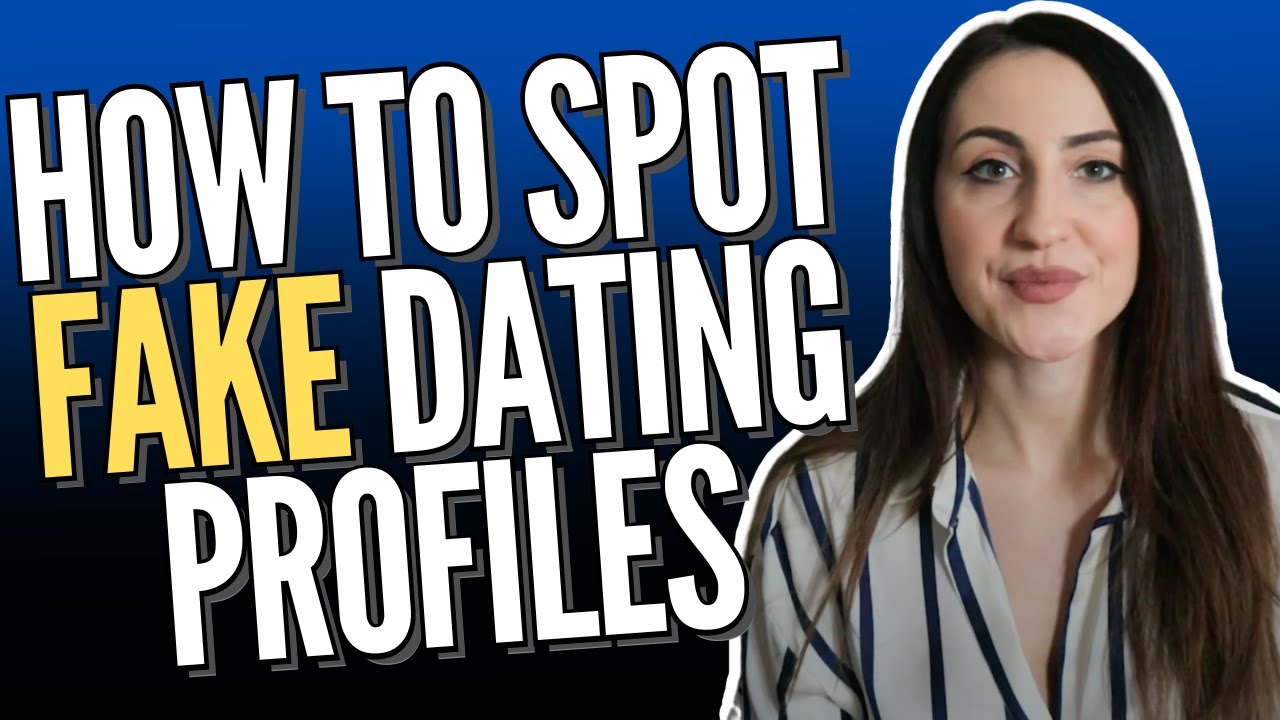Online dating can be a fantastic way to meet new people, but it’s not without its risks. One of the most common concerns among Zoosk users is encountering fake profiles. So, how can you tell a fake profile on Zoosk? Understanding the signs of a fake profile and knowing how to avoid scammers can help you stay safe and make the most of your online dating experience.
In this comprehensive guide, we’ll explore how to spot fake profiles on Zoosk, discuss common red flags, and provide tips for protecting yourself from scammers. By the end of this article, you’ll have a clear understanding of how to identify and avoid fake profiles on Zoosk.
What is Zoosk?
Zoosk is one of the most popular online dating platforms, with over 40 million users worldwide. Launched in 2007, Zoosk is known for its behavioral matchmaking technology, which learns from your actions (such as the profiles you view and like) to suggest compatible matches.
The platform is designed to be user-friendly and versatile, making it a popular choice for singles of all ages. Whether you’re looking for a serious relationship, casual dating, or just making new friends, Zoosk offers tools and features to help you achieve your goals.
Why Are Fake Profiles a Concern?
Fake profiles are a common issue on many online dating platforms, including Zoosk. These profiles are often created by scammers who aim to deceive users for financial gain or personal information. Here are some reasons why fake profiles are a concern:
-
Financial scams: Scammers may try to trick you into sending them money or sharing financial information.
-
Identity theft: Fake profiles can be used to steal personal information, such as your name, address, or social security number.
-
Emotional manipulation: Scammers may build a fake relationship with you to gain your trust before exploiting you.
How to Spot a Fake Profile on Zoosk
Here are some common red flags to watch out for when identifying fake profiles on Zoosk:
1. Too Good to Be True Photos
Fake profiles often use overly polished or model-like photos. If a profile picture looks like it belongs in a magazine, it’s worth doing a reverse image search to see if the photo has been stolen from elsewhere.
2. Generic or Vague Bios
Fake profiles often have bios that are generic, vague, or filled with clichés. If the bio lacks specific details about the person’s interests, hobbies, or lifestyle, it could be a fake profile.
3. Immediate Requests for Money
One of the most obvious signs of a scammer is an immediate request for money. If someone you’ve just met on Zoosk asks for financial help, it’s a major red flag.
4. Inconsistent or Poor Grammar
Many scammers operate from countries where English is not the primary language, leading to inconsistent or poor grammar in their messages. If the person’s messages are riddled with errors, proceed with caution.
5. Rapid Escalation of the Relationship
Scammers often try to build trust quickly by declaring strong feelings or love within a short period. If someone is rushing the relationship, it’s a sign that they may not have genuine intentions.
6. Refusal to Meet in Person or Video Chat
If the person avoids meeting in person or refuses to video chat, it’s a strong indicator that they may be hiding something.
How Zoosk Combats Fake Profiles
Zoosk takes the issue of fake profiles seriously and has implemented several measures to detect and remove fraudulent accounts:
1. Photo Verification
Zoosk offers a photo verification feature that allows users to verify their identity by submitting a selfie. Verified profiles are marked with a green checkmark, making it easier to identify genuine users.
2. Behavioral Matchmaking
Zoosk’s behavioral matchmaking technology helps identify suspicious activity by analyzing user behavior. For example, if a profile is flagged for unusual activity, Zoosk’s team will investigate and take appropriate action.
3. User Reporting
Zoosk encourages users to report suspicious profiles. If you come across a profile that seems fake or fraudulent, you can report it to Zoosk’s support team for review.
4. Advanced Algorithms
Zoosk uses advanced algorithms to detect and remove fake profiles. These algorithms analyze patterns of behavior, such as rapid messaging or inconsistent activity, to identify potential scammers.
Tips for Avoiding Scammers on Zoosk
Here are some tips to help you stay safe and avoid scammers on Zoosk:
1. Verify Profiles
Look for profiles with a green checkmark, which indicates that the user has completed Zoosk’s photo verification process.
2. Be Cautious with Personal Information
Avoid sharing sensitive personal information, such as your home address, phone number, or financial details, with someone you’ve just met online.
3. Use Zoosk’s Messaging System
Keep your conversations within Zoosk’s messaging system until you’re confident that the person is genuine. Scammers often try to move conversations to external platforms where they can operate more freely.
4. Trust Your Instincts
If something feels off, trust your instincts. If a profile or conversation seems suspicious, it’s better to err on the side of caution.
5. Report Suspicious Activity
If you encounter a fake profile or suspicious behavior, report it to Zoosk’s support team immediately.
Frequently Asked Questions (FAQs)
1. How can you tell a fake profile on Zoosk?
Look for red flags such as overly polished photos, generic bios, immediate requests for money, poor grammar, rapid escalation of the relationship, and refusal to meet in person or video chat.
2. What should I do if I encounter a fake profile?
If you encounter a fake profile, report it to Zoosk’s support team and stop communicating with the user.
3. How does Zoosk combat fake profiles?
Zoosk uses photo verification, behavioral matchmaking, user reporting, and advanced algorithms to detect and remove fake profiles.
4. Can I verify a profile on Zoosk?
Yes, Zoosk offers a photo verification feature that allows users to verify their identity by submitting a selfie.
Conclusion
So, how can you tell a fake profile on Zoosk? By being vigilant and looking for red flags such as overly polished photos, generic bios, immediate requests for money, poor grammar, rapid escalation of the relationship, and refusal to meet in person or video chat, you can protect yourself from scammers.
Zoosk’s measures to combat fake profiles, such as photo verification and advanced algorithms, provide an additional layer of security. However, it’s ultimately up to you to stay cautious and trust your instincts when interacting with others on the platform.
By following the tips outlined in this guide, you can enhance your online dating experience and increase your chances of finding genuine connections on Zoosk.




No comment